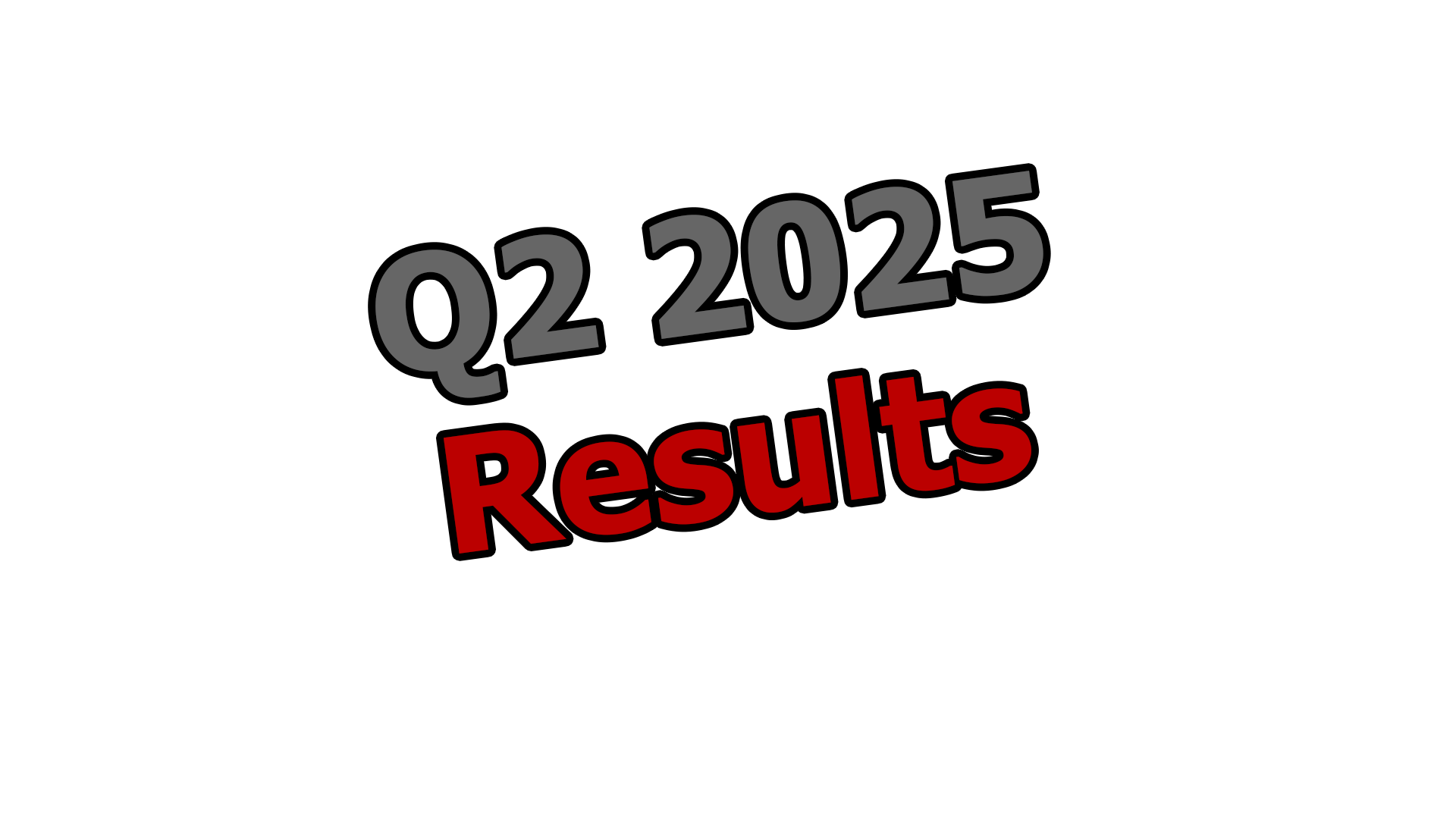How to Avoid Gaps in Coverage: Ensuring Your Contractor Equipment Insurance Covers Theft and Damage
See How We're Different
or call us: 419-386-0870
Contractors rely heavily on their equipment to complete projects efficiently and effectively. However, the risk of theft and damage is a constant concern that can lead to significant financial losses. Ensuring that your contractor equipment insurance provides comprehensive coverage is crucial to safeguarding your business assets. Understanding how to avoid gaps in coverage can save you from unexpected expenses and operational disruptions.
Understanding Contractor Equipment Insurance
Contractor equipment insurance is designed to protect the tools and machinery used in construction and other contracting work. This type of insurance typically covers a wide range of equipment, from small hand tools to large machinery. The policy can be tailored to suit the specific needs of a contractor, ensuring that all essential equipment is covered.
It's important to note that not all contractor equipment insurance policies are created equal. Some may offer basic coverage, while others provide more comprehensive protection against a variety of risks. Understanding the specifics of your policy is the first step in ensuring that you have adequate coverage.
Insurance policies can vary significantly in terms of what they cover and the extent of the coverage. Some policies may only cover equipment while it is on the job site, while others may extend coverage to equipment in transit or stored at a contractor's premises. Knowing the details of your policy can help you identify any potential gaps in coverage.
Identifying Common Gaps in Coverage
Coverage Limits
One of the most common gaps in contractor equipment insurance is insufficient coverage limits. Many contractors underestimate the value of their equipment, leading to inadequate coverage. It's essential to conduct a thorough inventory of all equipment and assess its replacement value to ensure that coverage limits are sufficient.
Insurance policies often have specific limits for certain types of equipment. For instance, high-value items like cranes or excavators may have separate coverage limits. Reviewing these limits and adjusting them as necessary can help prevent gaps in coverage.
Exclusions and Limitations
Insurance policies often contain exclusions and limitations that can leave contractors vulnerable. Common exclusions include wear and tear, mechanical breakdowns, and damage caused by improper use. Understanding these exclusions is crucial to ensuring that your equipment is adequately protected.
Some policies may also exclude coverage for equipment used in certain high-risk activities or locations. Reviewing these limitations and discussing them with your insurance provider can help you find ways to mitigate these risks and ensure comprehensive coverage.
Geographical Coverage
Another potential gap in coverage is geographical limitations. Some policies may only cover equipment within specific areas or regions. If your work takes you across state lines or into different countries, it's important to verify that your insurance policy provides adequate coverage in all locations where you operate.
Discussing your geographical needs with your insurance provider can help you obtain a policy that covers all the areas where your equipment is used, ensuring that you are protected no matter where your projects take you.
Steps to Ensure Comprehensive Coverage
Conduct a Thorough Risk Assessment
Conducting a comprehensive risk assessment is the first step in ensuring that your contractor equipment insurance covers all potential risks. This involves evaluating the types of equipment you use, the environments in which they are used, and the potential hazards they may face.
A risk assessment can help you identify areas where additional coverage may be needed, such as theft protection for equipment stored on job sites or coverage for damage caused by natural disasters. Working with a risk management professional can provide valuable insights and help you develop a tailored insurance plan.
Review and Update Your Policy Regularly
Regularly reviewing and updating your insurance policy is essential to maintaining comprehensive coverage. As your business grows and evolves, your insurance needs may change. New equipment purchases, changes in project locations, and evolving risks can all impact your coverage requirements.
Scheduling regular reviews with your insurance provider can help you identify any changes that need to be made to your policy. This proactive approach ensures that your coverage remains up-to-date and aligned with your current needs.
Work with a Knowledgeable Insurance Provider
Partnering with an experienced insurance provider can make a significant difference in the quality of your coverage. A knowledgeable provider can help you navigate the complexities of contractor equipment insurance and ensure that your policy meets your specific needs.
When selecting an insurance provider, look for one with experience in the construction industry and a deep understanding of the unique risks contractors face. A provider with a strong track record of customer service and claims support can also be invaluable in the event of a loss.
Additional Considerations for Theft and Damage Coverage
Implementing Security Measures
While insurance provides financial protection, implementing security measures can help prevent theft and damage in the first place. Investing in secure storage solutions, surveillance systems, and GPS tracking for high-value equipment can deter theft and aid in recovery if equipment is stolen.
Training employees on proper equipment handling and security protocols can also reduce the risk of damage and theft. By fostering a culture of responsibility and vigilance, contractors can minimize potential losses and maintain the integrity of their operations.
Understanding the Claims Process
In the event of theft or damage, understanding the claims process is crucial to ensuring a smooth and efficient resolution. Familiarize yourself with the documentation and evidence required to support a claim, such as police reports, photographs, and inventory records.
Maintaining detailed records of equipment purchases, maintenance, and usage can streamline the claims process and help ensure a favorable outcome. Working closely with your insurance provider can also expedite the process and provide valuable guidance throughout.
Conclusion
Ensuring comprehensive contractor equipment insurance coverage is essential for protecting your business assets from theft and damage. By understanding common gaps in coverage, conducting regular risk assessments, and working with a knowledgeable insurance provider, contractors can safeguard their equipment and maintain operational continuity.
Taking proactive steps to address potential risks and implementing robust security measures can further enhance your protection and provide peace of mind. With the right coverage in place, contractors can focus on what they do best—delivering quality projects on time and within budget.
Recent Post







